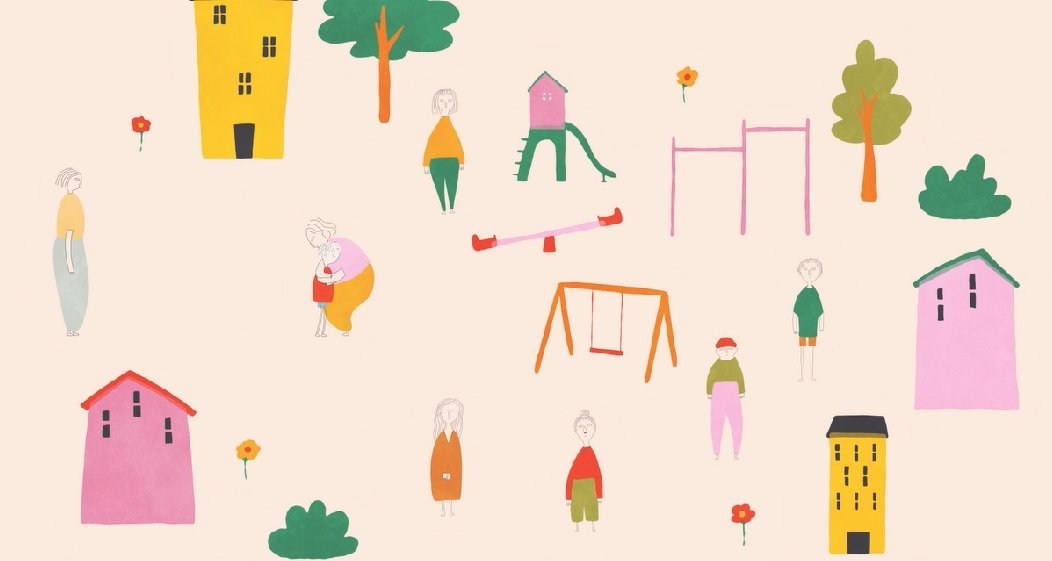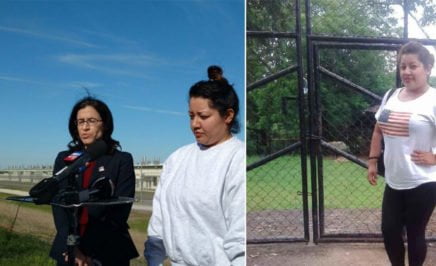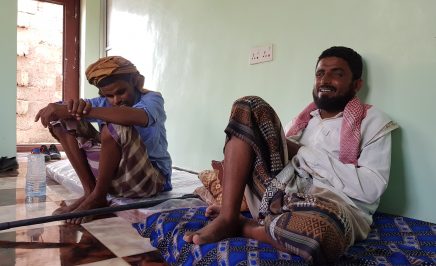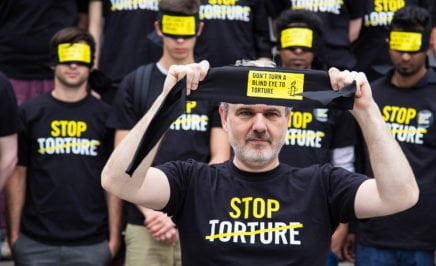By Dr Meg Perkins, PhD MAPS
Most experts in the world agree that 10 years old is far too young to be held criminally responsible, and certainly far too young to be in prison.
This is my view as a psychologist, having studied the neurological issues related to children in prison. In short: if you understand how the brain works, it is clear that prison is no place for a child.
The science of brain development
The executive functioning of the brain is essentially the “captain of the ship”. It is situated in the frontal lobes, giving the orders to the rest of the brain and the body, regulating emotion and behaviour, organising and planning. It is the last part of the brain to mature and if it is severely impaired, developing very slowly or not at all, chaos reigns. The child acts on whim and impulse, is not able to consider the consequences of their actions, and struggles to understand cause and effect. The frontal lobes, in fact, do not develop efficient and mature executive function until the age of 25 years.
Despite this, Australia is detaining children as young as 10, who are scientifically incapable of properly regulating their behaviour, which results in a higher rate of re-offending than adults.
Almost 80 per cent of kids who commit crimes end up re-convicted in 10 years and are significantly less likely to finish school, or get a job. Instead, they are more likely to be stuck in a cycle of poverty and disadvantage. We must raise the age to break this cycle, and ensure kids are in communities where they can thrive.
The research
In 2018, a study was published in the British Medical Journal showing that children in custody in Western Australia were more likely to be suffering from brain-based disabilities. Young people in Western Australia’s only youth prison, Banksia Hill Detention Centre, were assessed by a multidisciplinary team and a staggering 89 per cent were found to have at least one severe neurodevelopmental deficit, that is, dyslexia or similar learning disability, language disorder, attention deficit hyperactivity disorder, intellectual disability, executive function disorder, memory impairment or motor coordination disorder. “Severe” meant that 97 per cent of young people would have better skills.
The study also found that 65 per cent of the young people had at least three areas of severe cognitive deficit, and 36 per cent could be diagnosed with a Fetal Alcohol Spectrum Disorder (FASD) due to prenatal exposure to alcohol. There are, of course, many other causes for brain dysfunction, such as prenatal exposure to amphetamines or head injuries. The bottom line is that 65 per cent of these young people in custody appeared to have suffered widespread brain injury and were demonstrating pervasive brain dysfunction.
This brain dysfunction means that many of the 10-year-old children brought before the courts are likely to be functioning at a five or six-year-old level, and as they age, their functional level is not improving. When they reach the age of 14 years, their adaptive functioning (level of practical living skills) may still be at a five-year-old level and their thinking, reading, or language skills at a six-year-old level. This means that Australia is essentially having someone at a five or six-year-old level standing trial, having to defend their actions. Apart from this being very unfair – it is violating their rights to a fair trial.
This is my experience as a psychologist doing assessments for children being charged in the Children’s Court in New South Wales and Queensland. The most common disability in the Western Australian group was in academic achievement, then self-regulation and impulse control, and then language.
Many of the children I see do have FASD and they fit that profile. In addition, their practical living skills are almost always very poorly developed. They and their carers are clearly not getting the resources they need to survive in schools and the community, let alone thrive.
Understanding brain dysfunction
Brain dysfunction does not always imply intellectual disability in the sense of “mental retardation”. An intelligent child with very poor language or literacy skills will be severely impaired as well, demonstrating inappropriate behaviour, and probably anger and frustration. A severe deficit in executive function can be misdiagnosed as Attention Deficit Hyperactivity Disorder (ADHD), which is not considered to be a disability in the sense of attracting extra help at school or support from the National Disability Insurance Scheme.
The Diagnostic and Statistical Manual of Mental Disorder Fifth Edition (DSM-5) states that “Children with ADHD are significantly more likely than their peers without ADHD to develop conduct disorder in adolescence and antisocial personality disorder in adulthood, consequently increasing the likelihood for substance abuse disorders and incarceration”, yet they are entirely unsupported in our society.
Impacts at school
An inability to read or write is felt as shameful at school, causing behaviour intended to distract from the problem. Kids will say “I played up so that I didn’t have to read in class”. Rather than punishing these kids, we should be resourcing and equipping affected families and communities with the tools they need to identify and help with these difficulties.
When a child between the ages of 10 years and 14 years is offending, the likelihood that they have a brain-based disability is very high. Instead of putting that child through the criminal justice system (from which they will learn nothing as their offending is not the result of a rational decision or choice), we could be putting them through an assessment process and seeking ongoing appropriate support for disabilities they may have.
If the age of criminal responsibility was raised to at least 14, society would be forced to address the issue of inappropriate child behaviour as a public health matter and not a criminal matter.
More support for kids and families
Many of the children I see are suffering from neurodevelopmental disorders, lack of recognition of their disabilities, lack of school and community support, and an almost total lack of appropriate supervision. If they are with their families, the parents may be unwell, suffering from mental health problems, substance abuse disorders, or cognitive impairments.
Sadly, many of these children are in the care of the state and are not supervised appropriately. In some settings, the police are called if a child throws a cup across the kitchen, and they are charged with malicious damage to property in order to satisfy insurance claims. The criminalisation of children in care is an issue we should all stand up against
I believe that the way to break this impasse, to pull down the edifice of juvenile justice and prevent young children becoming persistent offenders, is to raise the age of criminal responsibility to at least 14 years, and thus remove the possibility of calling police to manage a child’s behaviour.
Old people in dementia wards sometimes hit the nurses or throw their coffee cups, but we do not call the police. We call the doctor. This is because we know that the behaviour is caused by brain abnormality. The same is true of the children, 89 per cent of them, for example, in the Banksia Hill Youth Detention Centre.
Kids don’t act out for no reason. We need to address the underlying causal factors for their behaviour so we can create an environment for them to thrive.





